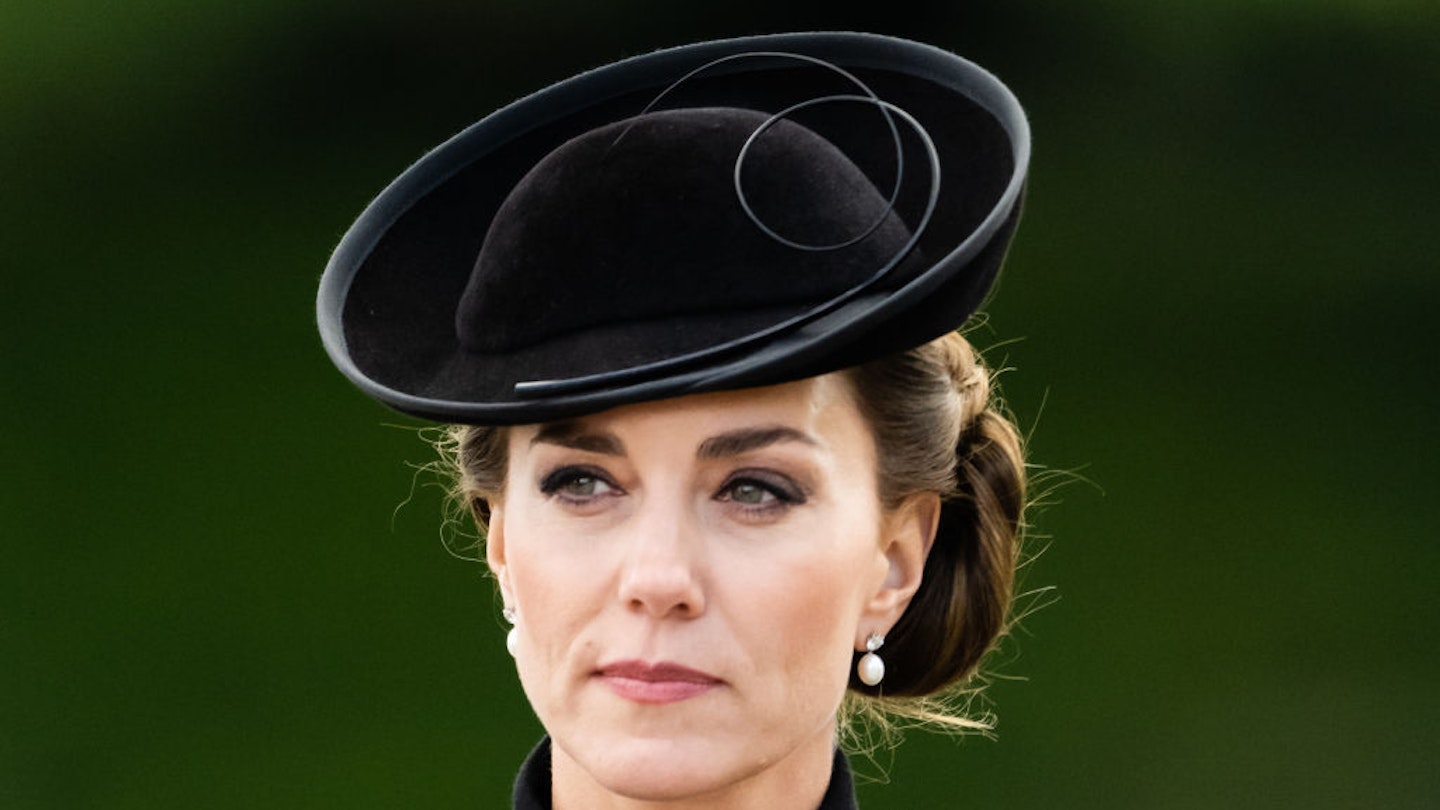When the Queen died earlier this month, Camilla, formerly Duchess of Cornwall, became Camilla, Queen Consort alongside her husband, King Charles III.
Back in February 2022, on the eve of her Platinum Jubilee, the Queen told the nation that her wish was for her daughter-in-law to become Queen Consort when the time came and said it was her ‘sincere wish’ that the British public would back her daughter-in-law and son when he becomes King.
Before this time, the question over Camilla’s title had been a tricky one, given that both Camilla and Charles had been married before (and divorced) and public opinion towards Camilla in the early days of their relationship was mixed. But during her Platinum Jubilee the Queen made it known she wanted Camilla to be known as Queen Consort: ‘When, in the fullness of time, my son Charles becomes King, I know you will give him and his wife Camilla the same support that you have given me; and it is my sincere wish that, when that time comes, Camilla will be known as Queen Consort as she continues her own loyal service,’ she said at the time.
But what will Kate Middleton, the new Princess of Wales, be known as when William becomes King? The title of Queen is only given to an inherited female monarch, rather than somebody who marries a King. Instead, the wife of a King is given the title Queen Consort. However, Queen Consorts tend to be called simply Queen, as was the case for the late Queen Mother, Elizabeth II’s mother who died in 2002.
The rules will work in the same way when Kate eventually becomes Queen – her official title will be Catherine, Queen Consort of the United Kingdom, but it’s more than likely she’ll be known simply as Queen Catherine.
Men who marry an inherited female monarch do not become King Consort, however. They can be called Prince Consort, but Prince Philip turned down that title according to a series of secret letters between Winston Churchill and the Lord Chancellor. Churchill wrote that when the Queen suggested it to her husband he, ‘refused even to consider accepting any new title at present. Her Majesty asked that the matter should be allowed to rest indefinitely.’
Instead, Philip was made the Duke of Edinburgh before his 1947 wedding, and the Queen made him a prince in 1957
